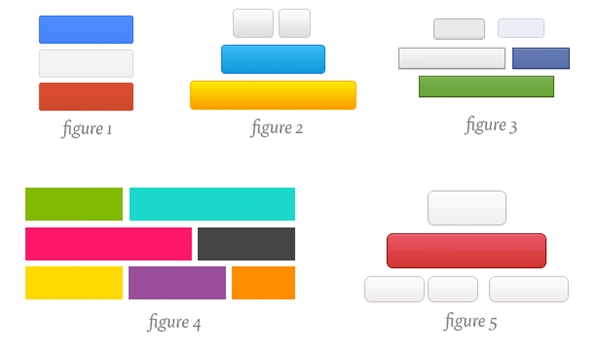One of the key marketing challenges that we face in the customer journey is moving from awareness to trial. That is, we want potential customers to “try out” our products or services.
This can be particularly challenging when your product or service has a substantial price tag attached.
Think of travel.
There are a whole series of steps that we go through when we are on a travel journey:
- Ideas and inspiration: We seek out amazing stories, pictures and reviews of places, people and experiences so that we can plan our own adventures
- Planning and projection: We start to actively curate our activities, destinations and journeys, connecting the dots and figuring out our itineraries and (gasp, horror) budget. In this stage we are not just planning our activities – but actively imagining what it will be like to BE there
- Lock and load: When we’ve checked, double and triple checked, confirmed our budget and dates, now we wade neck deep into the process of locking dates to a loaded credit card. Yes, it’s commitment time and the pressure is on (so many websites, so many things that can go wrong)
- See ya, see ya, wouldn’t want to be ya: Wave goodbye to your friends and family and take the leap into the unknown
- Wish you were here: Well, we say this to be kind, but if the planning and projection phase was well done, you’ll be taking hundreds of selfies all around the world and using them to induce raging envy across your social graph
- Reflection and longing: Planes aren’t the only things that land with a BUMP. So too does our travel ego. Coming back to “reality” can be a confronting experience. To cope, we return to our #RunningWithTheBulls selfies to remind ourselves just what the travel rush was all about and how we really are #travelheroes.
In amongst each of these steps, there are hardly any that an airline can directly impact. They can inspire us with their media activities, advertising and profile. And they may even help us to plan – albeit in a small way. A good airline will make locking and loading a breeze and but it’s really when you are in the plane that they can make a huge impact.
But experiencing airline travel is expensive, right? And price alone is a barrier.
This virtual travel experience from Lufthansa by 3Spin is a very interesting innovation that I expect will see plenty of others follow.
Lufthansa have touched on many aspects of the travel journey – turning a largely imaginative process into something that is more tangible. More experiential. In fact, it’s not just the destination that is inspirational, it’s the experience of the virtual reality itself. And with a clever mix of digital, analog and old fashioned customer service, they’ve created something far more than just a 360 degree virtual experience. They have created an EVENT – a point in time and space that will create memories. Stories. And hopefully for Lufthansa, bookings.
It makes me think there may be something to this VR lark after all.

 Consumers were driving this new universe and the centre of gravity was not us or our businesses. It was them. In this “Consumerverse”, analytics are revealing, on the one hand, the hit and miss randomness of broadcast messaging, and on the other, the growing importance of guided conversation designed to engage consumers.
Consumers were driving this new universe and the centre of gravity was not us or our businesses. It was them. In this “Consumerverse”, analytics are revealing, on the one hand, the hit and miss randomness of broadcast messaging, and on the other, the growing importance of guided conversation designed to engage consumers. Where once we’d develop detailed account plans for “selling”, these days we need to build maps to help our customers buy. And to do this, we need to understand the journey they take to purchase. This means mapping the journey across five dimensions:
Where once we’d develop detailed account plans for “selling”, these days we need to build maps to help our customers buy. And to do this, we need to understand the journey they take to purchase. This means mapping the journey across five dimensions:









